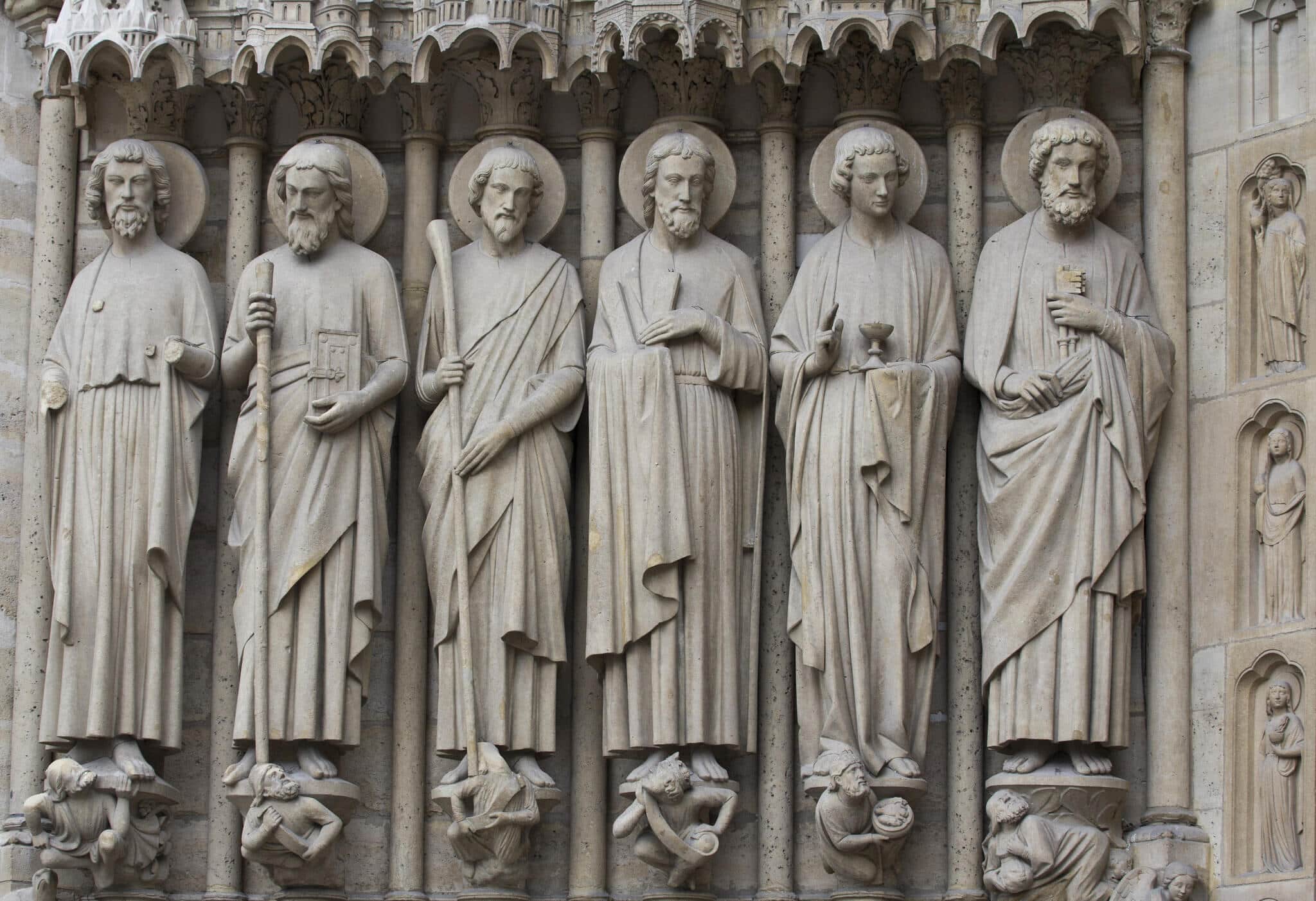Popular devotion to Dominic increased after his death, and in 1234, only 13 years later, he was canonized by Pope Gregory IX, formerly Cardinal Ugolino, who earlier had been his patron. Canonization involved two boards of inquiry–one in Bologna and one in Toulouse–where eyewitnesses reported on his holiness under solemn oath before an ecclesiastical board of inquiry. These accounts are the major sources of information about Dominic’s holiness, including the numerous miracles God had worked through him. In addition, the commissioners, the pope, and the Roman curia had to consider whether he evidenced heroic sanctity. Other factors establishing sainthood included zeal for souls, fervor in prayer and preaching, generosity towards others, humility, patience, fearlessness under persecution, piety, good example, generosity, zeal for the faith, and miracles. The evidence indicated that Dominic was a person of remarkable character and breadth of vision, he had the deepest compassion for human suffering, and he saw the need to use all the resources of learning in Christ’s service. The canonization ceremonies were held on July 13, 1234.
As a saint, Dominic exhibited a powerful influence in strengthening the faith of Christians. From 1234 to 1568 the Catholic Church observed his feast day on August 5; from 1569 to 1970 it was celebrated on August 4, and since then it has been observed on August 8.
The above excerpt is from Reflections of Dominican Spirituality: The Windows of St. Dominic Church, Washington, D.C. by Dr. Mary Moran.







